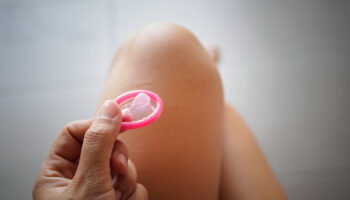Perfect use refers to the use of a given contraceptive exactly as prescribed or indicated. When a person follows all instructions for a contraceptive at all times, their contraceptive use is said to be perfect use. In real life, however, contraception is often not used at all times or exactly as indicated. This is called typical use.
Researchers study the effectiveness of a contraceptive method by looking at how many people get pregnant when they use this method according to perfect use and typical use over the course of a year.
Contraceptives are most effective at preventing pregnancy when they are used exactly as indicated. For example, condoms are 98% effective against pregnancy under perfect use conditions, but only 85% effective under typical use conditions.
Perfect use and typical use figures are not typically used to express a contraceptive's effectiveness at preventing the spread of STIs.
More About Perfect Use
Achieving perfect use is difficult with any contraceptive. It requires an understanding of how to use the contraceptive, then following these instructions each and every time. It is generally assumed that perfect use tends to occur in controlled or laboratory settings, and that typical use better reflects how well the contraceptive is likely to work in real life.
That said, the gap between perfect use and typical use varies widely between different forms of contraception. For example, forms of contraception that are more likely to be used incorrectly or inconsistently, such as withdrawal, condoms and birth control pills, have a larger gap between perfect use and typical use. Contraceptive methods that are more foolproof may have little or no gap between perfect-use and typical-use failure rates. These methods include contraceptive implants and IUDs.
While it's important to note typical and perfect use rates when considering contraception, people can improve the effectiveness of any contraceptive method by striving for perfect use.



